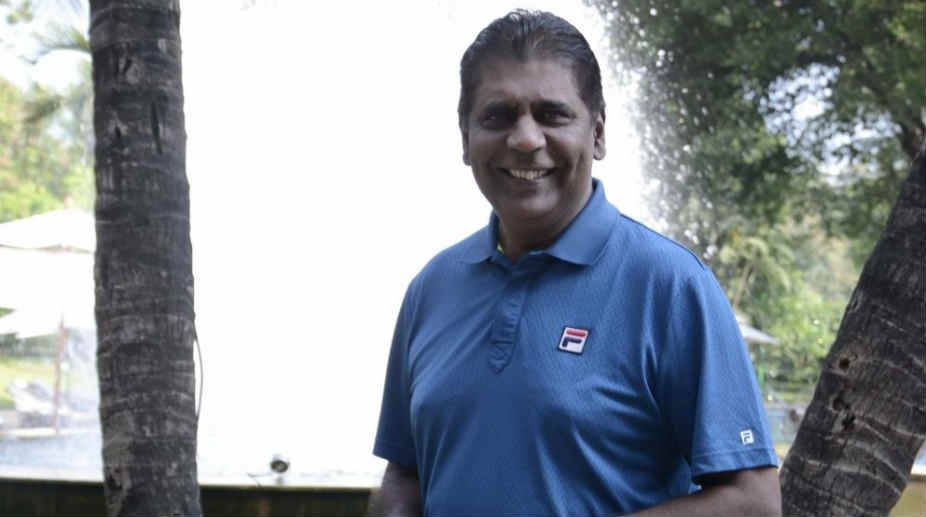With the national tennis squad scheduled to face China next month, former star Vijay Amritraj on Tuesday said the new Davis Cup format is not ideal for emerging countries like India.
According to Amritraj, the new two-day format may be difficult for India as it will be difficult for players to compete in both singles and doubles.
Advertisement
“We have a good chance to win against China… I am not crazy about the two-day format in the Davis Cup.
“I don’t think the two-day format is a good thing because a country like us needs to have a good weekend of matches,” Amritraj told IANS.
“The three-day format is important for us because we may have a singles player who will also be required to play the doubles. The three-day format was a good one. It was a tried and tested format which worked very well,” he added.
The former World No.16 felt that it will be difficult for India to compete or even reach the World Group unless the country starts producing high quality singles players on a regular basis.
“We need to play four singles matches. They are most important as they give us four points. We have to try to get better singles players. Till we have guys who are good enough to be in the top 100 or 50, everything else is immaterial,” he said.
“To reach the World group we need players in top 50 and we can only achieve that by doing hard work.
“Our players are not good enough because results have shown we are not good enough. We are getting better,” he added.
Amritraj also asserted that current Indian stars Ramkumar Ramanathan and Yuki Bhambri have done well recently but will need more time to reach their full potential.
“Yuki and Ramkumar have been a bit better over the last six-to-seven month. I always said that their best years will be between 25 and 33 and not before that.
“Yuki had a terrific performance at Indian Wells. Ramkumar and Yuki are consistent these days and have qualified for a couple of ATP events,” the former star said.
“We start comparing them with western kids but it is a bit early. Indian kids mature physically later than western kids. I am still hoping our boys and girls can still do it between 25 and 33,” he added.
He also felt that Indian players needs better coaching and training facilities at the grassroots level.
“A lot of kids are playing at different levels but we don’t have kids excelling. The transformation is lacking completely. If you look at a particular level, they need better help,” Amritraj said.
“I think things have changed a lot now because you do get sponsorships and you do get coverage from media. You can get sponsorship to train abroad as well… like lots of kids have gone to Spain,” he added.
“There are lots of opportunities now. We have strong commitment from the children. We are in a little bit of dilemma. Our boys and girls are working hard but we need more results.”
Amritraj also opined that the high level of expenses and financial resources required for tennis put Indian kids at a disadvantage.
“It’s not easy… It costs… You need money. It is very very difficult to put together. You need lots of support to put those things together and we tried and keep trying,” he said.











